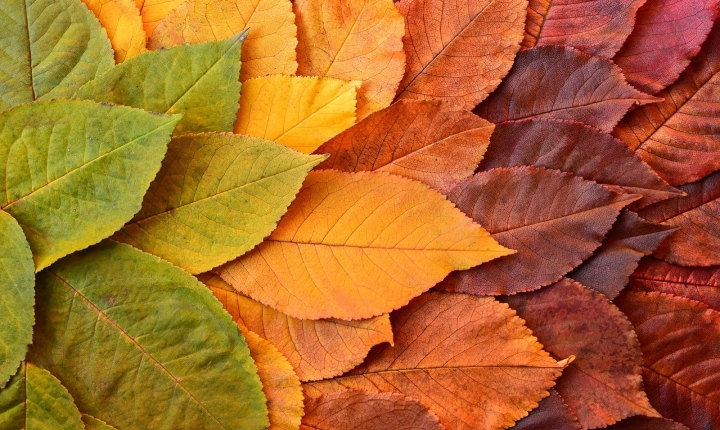Artificial Intelligence (AI) has revolutionized the way images are created in today’s digital age. Through the use of sophisticated algorithms and machine learning, AI has the ability to generate stunning and realistic images in a fraction of the time it would take a human artist. This technology has wide-ranging applications, from creating concept art for movies and video games to generating realistic landscapes and artwork.
One of the most common methods for using AI to create images is through the use of Generative Adversarial Networks (GANs). GANs are a type of AI model that consists of two neural networks, known as the generator and the discriminator. The generator network creates new images, while the discriminator network evaluates these images for realism. Through an iterative process, the generator network is trained to produce increasingly realistic images, while the discriminator network learns to better distinguish between real and generated images.
Another popular AI technique for image creation is Style Transfer, which involves using neural networks to apply the style of one image to another. This allows for the creation of unique and artistic images, such as transforming a photograph into a painting in the style of a famous artist, or applying the visual characteristics of one image to another. This process relies on the neural network learning the visual style of the reference image and then applying it to the content image to create a new, stylized image.
AI is also used in creating realistic 3D images and animations. By using AI algorithms, it is possible to generate 3D models of objects and scenes from 2D images, significantly reducing the time and effort required for 3D modeling. This has applications in various industries, from architecture and interior design to virtual reality and video game development.
Moreover, AI has been used in image inpainting, a technique that fills in missing parts of an image, and image super-resolution, which enhances the resolution and quality of images. These applications have significant implications for photography, video editing, and medical imaging, where AI can help improve the quality and clarity of images.
In addition, AI is being used to create digital art and designs, ranging from abstract patterns and textures to intricate illustrations and complex graphic designs. These AI-generated artworks can serve as inspiration for human artists or be used directly in various creative projects.
Furthermore, AI-powered tools such as image generation APIs and platforms allow users to generate custom images based on specific requirements and preferences. These platforms can be used by artists, designers, and businesses to create visually appealing content for a wide range of purposes, including advertising, branding, and marketing.
Overall, the use of AI for image creation has opened up new possibilities for creative expression and has transformed the way images are produced in the digital era. As the technology continues to advance, we can expect to see even more innovative and impactful applications of AI in creating images across various industries and artistic endeavors.
